
Hi everyone!
Today we have the fourth and final part in our Ancient Everyday blog series on Time in the Roman World.
In Part IV, we’re going to look at how the Romans told time.
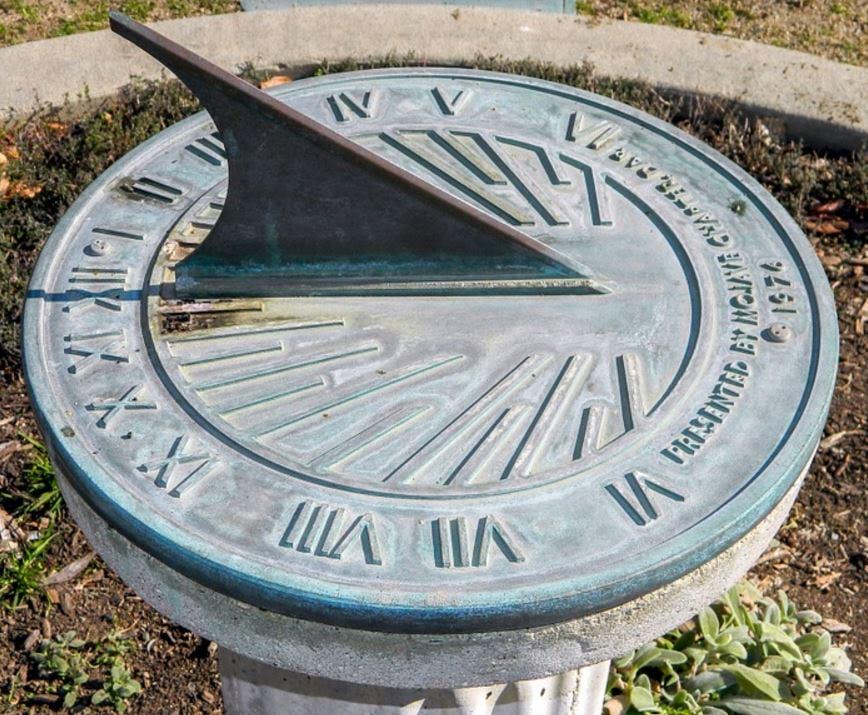
The time of day is something that most of us obsess about, whether we want to or not. Almost everyone has a watch on their wrist, or a mobile phone in their pocket to check the time whenever they want.
But what did they do to tell the time in ancient Rome? How did they divide the hours of the day? How did they keep their appointments whether with one’s hairstylist, fuller, patron, or with Caesar himself?
Let’s have a look…
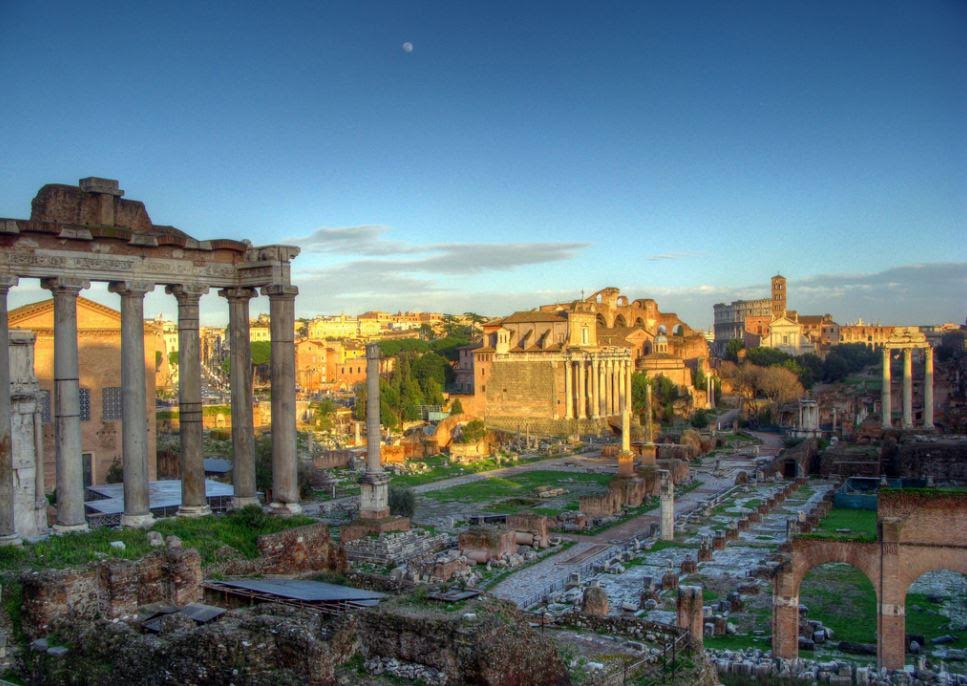
Sunrise over Roman Forum
In ancient Rome, the day was divided into twelve hours of night, and twelve hours of day.
Because of this, a daylight hour was not the same length as a nighttime hour, except during an Equinox! For example, a daylight hour in mid-winter was about forty-five minutes long by our reckoning, and in midsummer, it was about one and a half hours long.
Time was told in relation to the hour of night or daylight. For instance, midnight was the sixth hour of night, and midday was the sixth hour of day.
Time was expressed in terms like ‘first hour’. E.g. ‘I’ll meet you at the temple of Venus and Rome at the first hour’ (after sunrise).
If you were invited to someone’s home on the Caelian Hill for a late night party, they might tell you to be there at the ‘eleventh hour’, that is two hours before sunset.
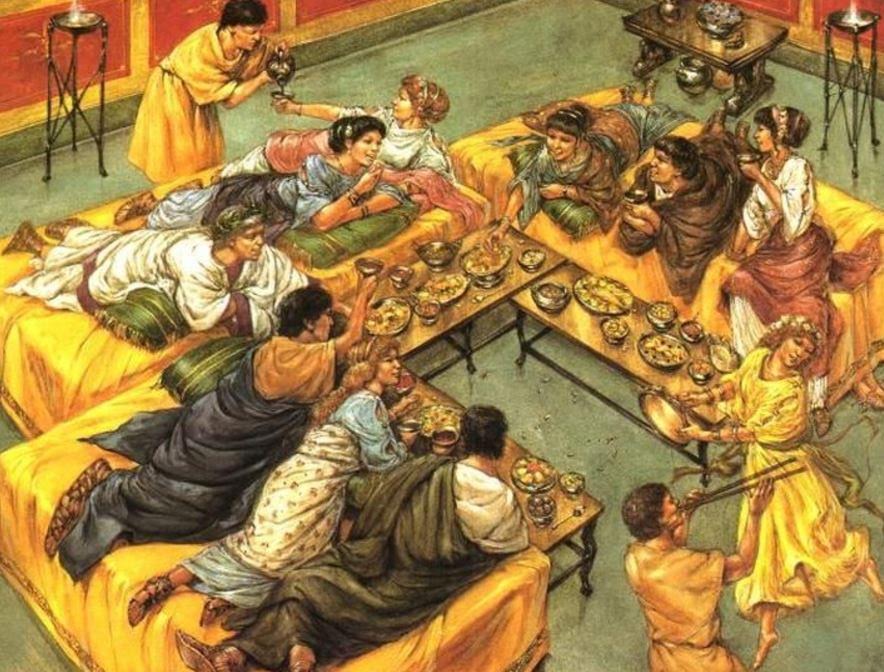
Roman dinner party
Midday was known as meridies, and this is where we get the notion of A.M. and P.M.
A.M. stands for ante meridiem (‘before midday’), and P.M. stands for post meridiem (‘after midday’). Another thing the Romans did for us!
But what if you were out at a late night orgy, or drinking and gambling in the tabernae of the Suburan slums? What if you woke up late and your whole sense of time was thrown off. How would you be able to tell what time it was, and whether you missed that all-important meeting with your patron?
If someone else wasn’t around who could tell you what hour of daylight it was, you could always go and check a clock.
Yes! The Romans did indeed have clocks, or horologia.
Horologia could come in two forms. They could be solaria (shadow clocks or sundials) or they could be clepsydrae (water clocks).

Solarium Augusti on the Campus Martius
Solaria were apparently introduced to Rome sometime in the third century B.C. They were by no means perfect for telling the time as they needed scale adjustment for latitude, required seasonal corrections, and most obviously, relied on sunshine, so they could not be used at night.
I’m guessing that solaria in the far-away province of Britannia might have been more finicky than one on the sunny shores of the Mediterranean Sea!
Perhaps the most famous of solaria in ancient Rome was the one erected by Emperor Augustus on the Campus Martius in 9 B.C.
The Solarium Augusti as it was known was basically a giant sundial that used an Egyptian obelisk brought from Heliopolis, in Egypt, as the gnomon or staff of the sundial. Augustus dedicated this solarium to the Sun, making it the first solar dedication in the city of Rome.
Today, you can see the obelisk in the Piazza di Montecitorio.
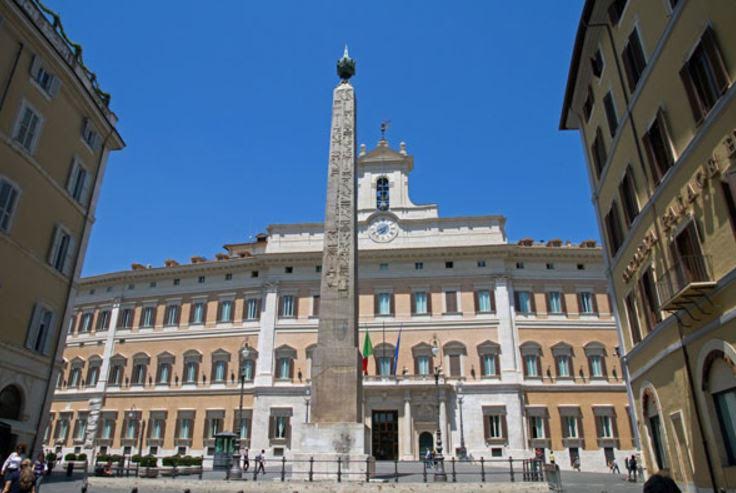
The obelisk that was the gnomon of Augustus’ solarium
Waterclocks, or clepsydrae, were also used in ancient Rome and across the Empire.
Now, these also needed seasonal adjustment, but they could be used at night because they didn’t require sunlight. This made them especially useful in military camps for keeping the hours of the watch through the night.
A clepsydra was usually a vessel with holes for the outflow of water. As the water emptied, it measured time, sort of like an hour glass with sand.
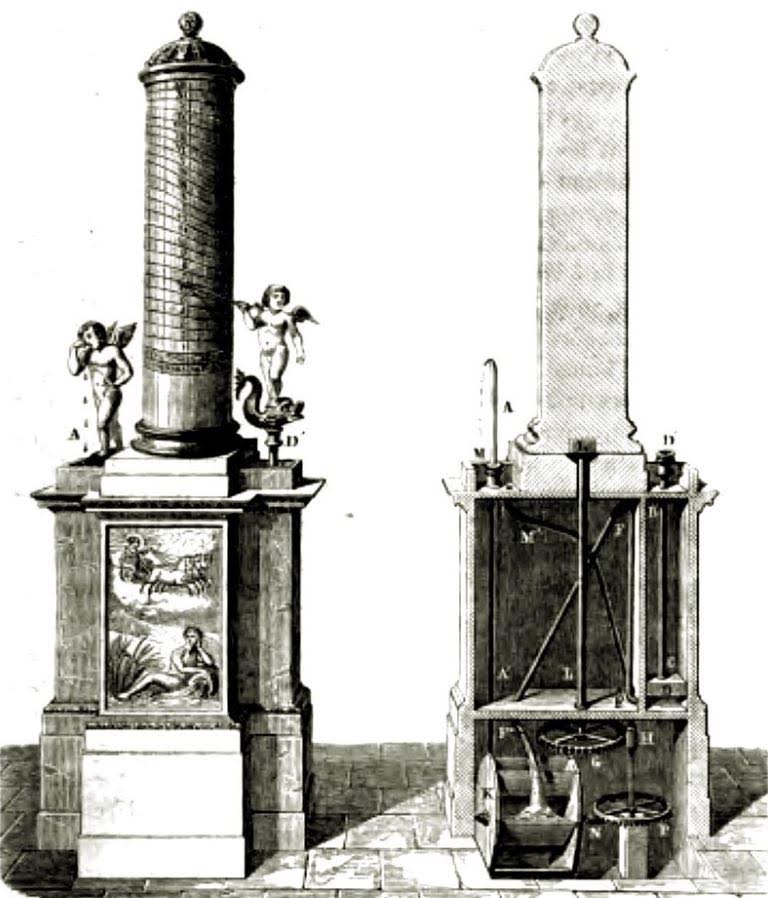
A 17th Century sketch of Ctesibus’ water clock from Ptolemaic Egypt
Of course, like watches and clocks today, clepsydrae came in varying levels of quality and accuracy, as well as extra features.
One had to keep an eye on the water level in the smaller vessels that made up some clepsydrae, as once the water ran out, it would stop working and have to be set up again. This might be akin to having to wind clocks every so often.
However, there were more elaborate clepsydrae that had a constant supply of water, and this would allow for twenty-four hour operation.
An example of this high-end ‘time piece’ is the Tower of the Winds in the Roman Agora of Athens, also known as the Horologion of Andronicus, which was built in the first century B.C.
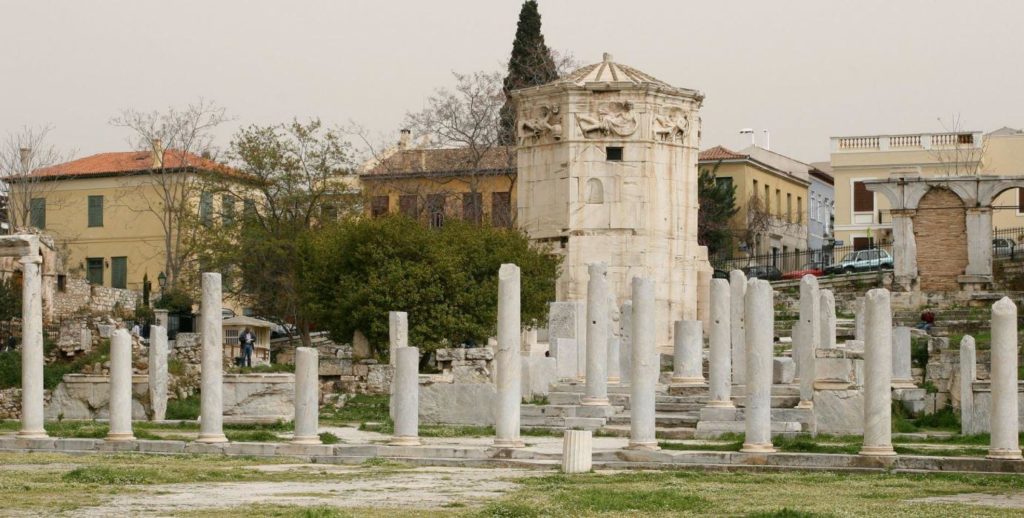
Tower of the Winds, Athens (Wikimedia Commons)
So, there you have it.
I hope you’ve enjoyed this four-part Ancient Everyday series on Time in the Roman world.
I have to say, I’ve found it very interesting and even learned some new things myself.
There will be other installments of Ancient Everyday in the future, and much more!
So, thank you for reading, happy Summer, and we’ll see you next time…

Ancient Everyday will be back!



